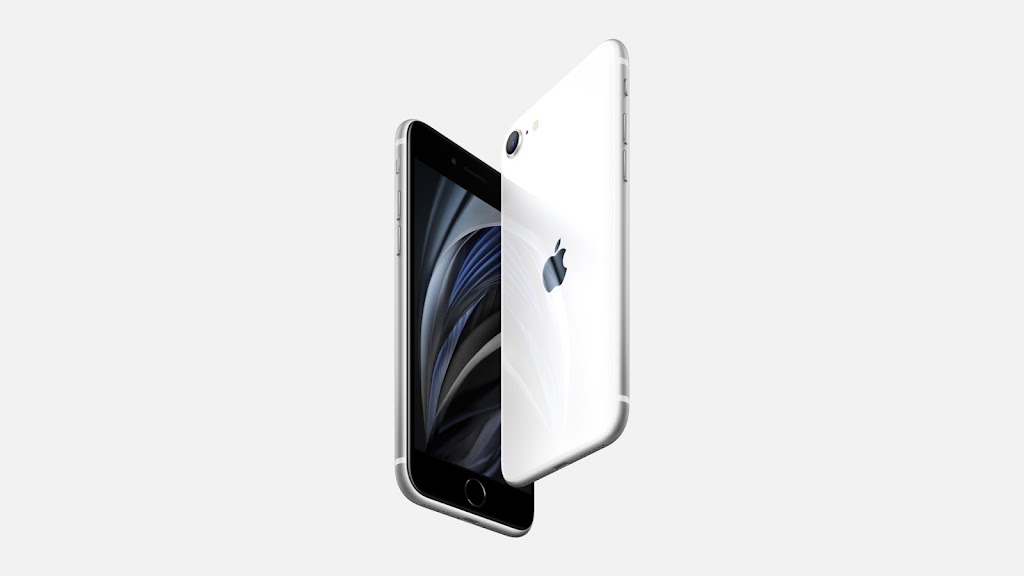The iPhone SE is one of the oldest models in Apple’s lineup. It was first released in 2020, and then updated in 2022, but it has not received any major changes since then. It has a 4.7-inch LCD screen with thick bezels, a single 12-megapixel rear camera, a Touch ID home button, and a Lightning port. It runs on the A15 Bionic chip, which is still fast enough for most tasks, but not as powerful as the newer A16 or A17 chips. It also has some features that are common in modern smartphones, such as wireless charging and 5G, but it lacks some of the latest and greatest features that are on the market.
The iPhone SE is clearly not a flagship device, but it is not meant to be one. It is designed for people who want a simple, compact, and affordable smartphone that works well with the Apple ecosystem. It is also a good choice for people who prefer the classic iPhone design, or who are not comfortable with facial recognition or gesture-based navigation. The iPhone SE is still supported by Apple, and it can run the latest version of iOS, which means it can access most of the apps and services that are available on the newer iPhones.
The iPhone SE is not without its drawbacks, however. The battery life is mediocre, especially compared to the larger iPhones. The camera quality is decent, but not impressive, and it does not have a night mode, an ultra-wide lens, or a telephoto lens. The screen resolution is low, and it does not support HDR, Dolby Vision, or a high refresh rate display. The storage options are limited, and there is no option to expand it with a microSD card. The design is also outdated, and it does not stand out among the sleeker and more modern smartphones that are on the market.
How could Apple make the iPhone SE better? Here are some possible improvements that could make the SE more appealing to the customers in 2024:
- A modern design that removes the Touch ID completely and brings a better screen size and thinner bezels. The iPhone SE could adopt a similar design to the iPhone 15, which has a 6.1-inch OLED screen with a Dynamic Island cut-out for the cameras and sensors or maybe the notch we had on the older iPhones(X -14). This would make the SE more attractive and immersive, while still keeping it relatively compact and easy to use with one hand.
- A USB-C port instead of a Lightning port. The iPhone SE could switch to the universal and versatile USB-C port, which is already used by many other devices, such as MacBooks, iPads, and Android phones. This would make the SE more compatible and convenient, as well as more future-proof and environmentally friendly.
- A dual camera setup instead of a single camera. The iPhone SE could add a second camera to the back, such as an ultra-wide lens or a telephoto lens. This would enhance the SE’s photography and video capabilities, and offer more creative options and flexibility to the users. The SE could also improve its camera software, such as adding a night mode or a portrait mode, to make the most of its hardware.
- A smaller chip than the flagship models, but still powerful and efficient. The iPhone SE could use a slightly lower-end chip than the A16 or A17, such as the A15 or A14, which are still very fast and capable, but also more affordable and energy-saving. This would help the SE maintain its budget-friendly price, while also improving its performance and battery life.
The iPhone SE is a phone that appeals to a niche market of users who value simplicity, compactness, and affordability over innovation, performance, and aesthetics. It is a phone that is good enough for most people, but not great for anyone. It is a phone that is still relevant in 2024, but not future-proof. It is a phone that is a relic of the past, but also a bargain for the present. However, with some minor tweaks and upgrades, the iPhone SE could become a more attractive and competitive option for the customers who are looking for a balance between quality and price.

